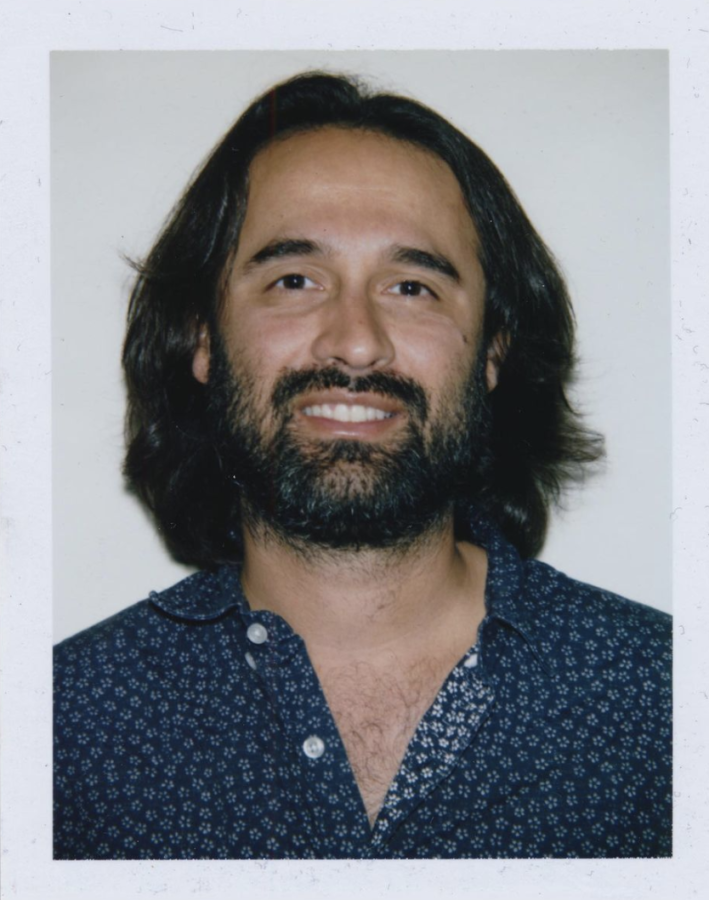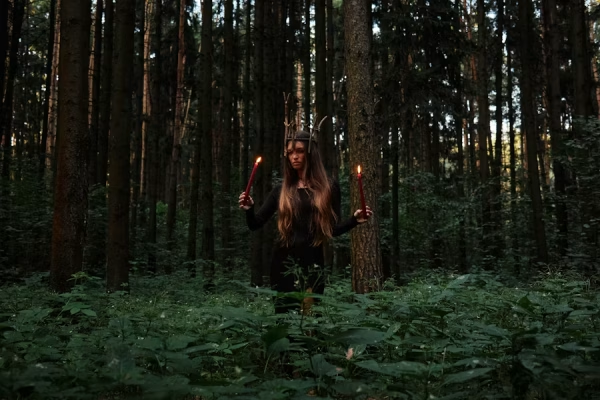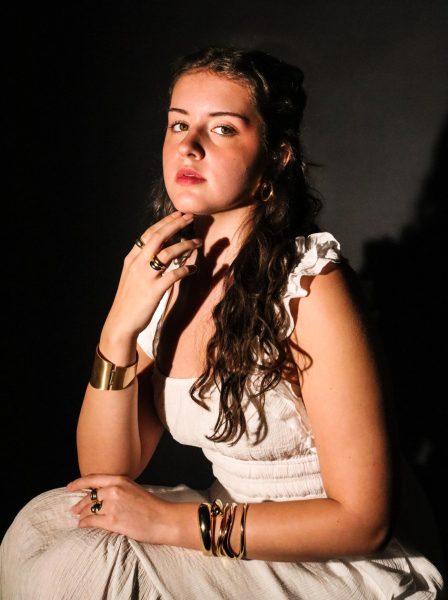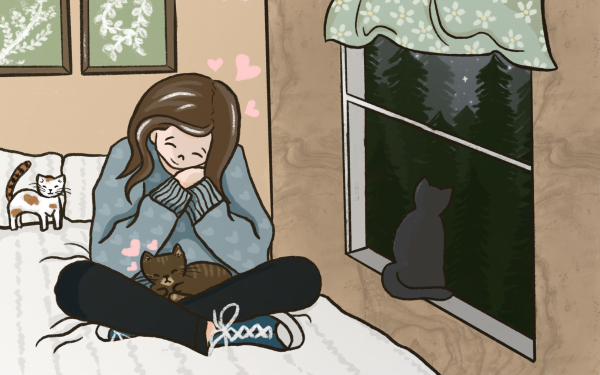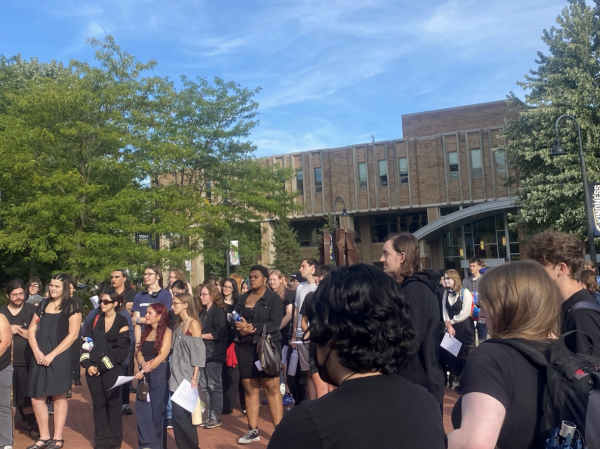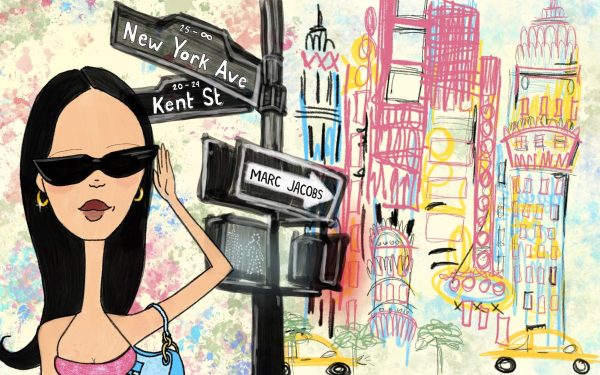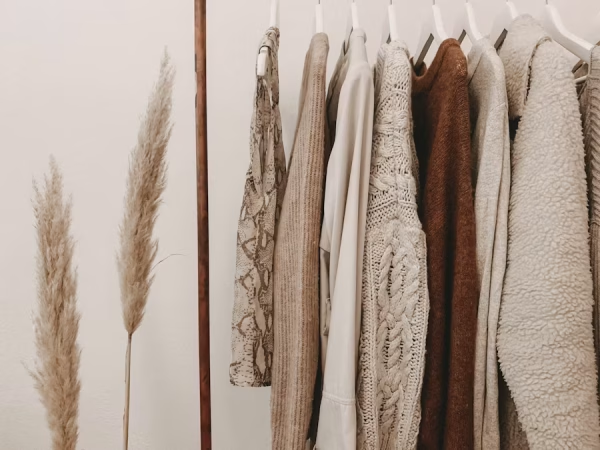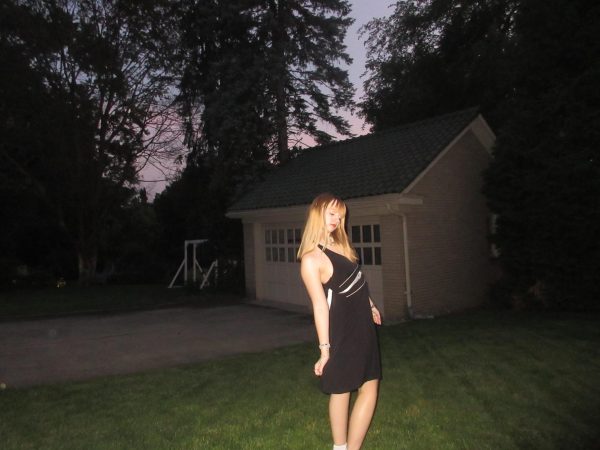photographer andrés hernández on pursuing creative work
For anybody that wants to make creative work into a career, there is a conflict between integrity and productivity. The need to create work that is sincere and unconstrained at some point will be in opposition to the need to make work that is profitable or productive for advancing a career. Often to be an artist is to make sacrifices of one’s time, money or artistic vision to maintain a livelihood. Despite its exciting portrayal in movies and social media, NYC-based photographer Andrés Hernández talks about the struggle between creativity and industry work throughout the nearly 20 years of his continuing career. Hernández, who moved to the U.S. from Colombia to study architecture, found his love for photography in college. He began his career in Miami, working with small multimedia companies doing animation, graphic and web design before buying a digital camera and shooting for clients on-site and friends on the weekends. One job led to another as his skills improved and he eventually moved to New York City. Today, he’s worked with many different brands and publications such as Harper’s BAZAAR, Glamour, Marie Claire and Vogue Mexico. Separate from the big-name jobs, Hernández is an artist above all else with a devotion to his personal projects as well as a sharp and occasionally humorous criticism regarding the fashion industry, both accompanying his stunning portraits.
Halverson: Today, when you’re doing personal work and not something for a client, what makes the subject interesting to you?
Hernández: So I had this idea that I wanted to do very dramatic portraits. I put an ad on Craigslist asking people, whoever wants to be photographed, if they want to contact me, send me a photo, and I’ll reach out if it’s something that I’m looking for. So a lot of people, like 100 people, reached out, and I picked ten people out of 100. So this was one of the guys that I photographed, and for me, this is one of my favorite photos of all time. I just love this person. This is another lady, she’s from Jamaica. We play a lot with expressions, and we were just doing different stuff. She’s in theater, so we were just playing with the music. The music was in the background. I wanted to do something dramatic and just feel the music. So for me, it’s just capturing an emotion, and that’s what I was trying to get here.
Halverson: So I’ve also seen that you’ve done work with Iris Apfel?
Hernández: Oh, yeah. It’s funny, because that was an assignment for Marie Claire China, the magazine. I didn’t know who she was. They called me. We talked about the shoot. This Lady, Apfel. I was living in Miami and they told me, “You have to go to Palm Beach.” […] Let me tell you that those photographs of Iris Apfel have been everywhere, and it has opened so many doors for me. It’s just crazy. And I did a campaign with her for an Italian hair brand, years after. And I’ve been at her home here in New York and in Palm Beach. She’s a character.
Halverson: Is there any advice you would give to young creatives just entering the field?
Hernández: My number one advice is to create as much as you can, because the beauty of being in college and not having that stress of paying the rent, paying bills, [is]] you have a freedom right now that you can book anything that you want, anything that you want. Just take advantage of that time. Because once you, let’s say for example, move to a city like New York; unless your parents help you out with the rent and all the bills, you have to survive. You have to make a certain amount of money. And living in a city like New York, if you want to live well, you have to make big money. So when you want to survive and to make money you have to go into jobs for clients. and you have to do what clients want, not what you want. That’s why I’m saying take advantage of the time that you have in college and do as much as you can with the resources you have right now. That’s my number one advice for everybody. And don’t be afraid to make mistakes, do make mistakes.
Halverson: What goes into getting jobs with some of these bigger publications, like Glamour?
Hernández: You know what? I’m going to be straightforward here. With publications, they don’t pay… much. They feel entitled that you’re shooting for them. Yes, it’s exposure. It’s good for your portfolio and it opens a lot of doors. But for the amount of work that goes into it they don’t pay what the job is worth. You know, it’s a lot of relationships that you have to build. I’m very bad at kissing ass. I’m really bad. And this industry is about that. It’s a lot about who you know, who you mingle with. I’m not a person that goes to parties because I don’t like the fashion parties in my little world all the time. I’m not someone that is going out the most. When I was studying, I was so excited to go to all the fashion parties. It was like, wow, I’m making it. You realize that it’s not all about that. For me, the most exciting part of all this industry is when you’re creating, when you’re doing stuff like making stories out of nothing, that’s when everything is really cool.
Hernández’s experiences in the fashion industry are a testament to the idea that passion for one’s art, independent of the importance of specific jobs, is what creates a fulfilling artistic career. Artistic industries are competitive and can require a unique amount of social connectivity that affects people differently. It is no secret that the fashion industry (or the film, writing or art industries) can be difficult, complicated and even unfair to artists, but it is the process of continuing to create work that is authentic even if it is not always profitable. Sometimes there is a time for working and a time for creating, and when the time is right, the two can combine as a result of both efforts.
Halverson: Artistic fields are really competitive; how do you stand out amongst everybody?
Hernández: Whenever you do what you really want to do, that’s the magic. People can see that magic in whatever you do. And that’s the novelty in what I was doing in my 20s when I started photography, that nobody was paying me for anything. So I was just doing it because of my love of photography, not because I was told, “you have to do this.” I wish I could go back to that mentality and create what I was creating at the time that I had so much freedom. And that’s what I’m trying to do again with my art, with my drawings.
What makes someone’s work special? A quality or “magic” that can’t be faked. The indescribable force that keeps painters, photographers, writers and filmmakers creating work in the reality of tough, competitive and sometimes draining industries is the relentlessness that comes with being unable to do anything else. The need to create will not leave you alone, a calling of sorts, but it is also entirely your own responsibility. For young artists, the time is now to start your dream work. Not when you get your first job, or promotion, or when you’re “good enough.” Now is the time to do the work– the magic is already there.
Contact
Support Student Media
Hi, I’m Grace Avery, the Editor In Chief of A Magazine. My staff and I are committed to bringing you the most important and entertaining news from the realms of fashion, beauty and culture. We are full-time students and hard-working journalists. While we get support from the student media fee and earned revenue such as advertising, both of those continue to decline. Your generous gift of any amount will help enhance our student experience as we grow into working professionals. Please go here to donate to A Magazine.

